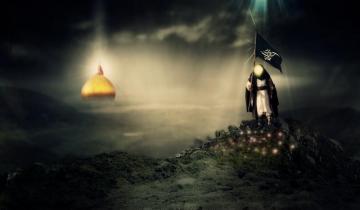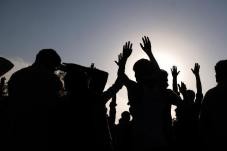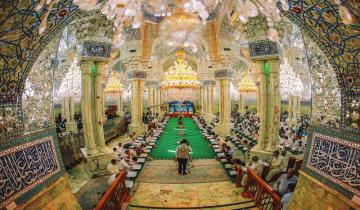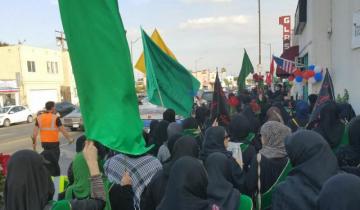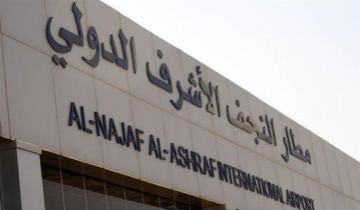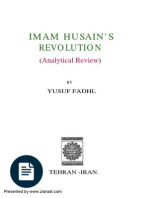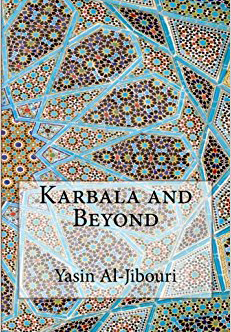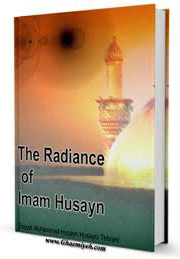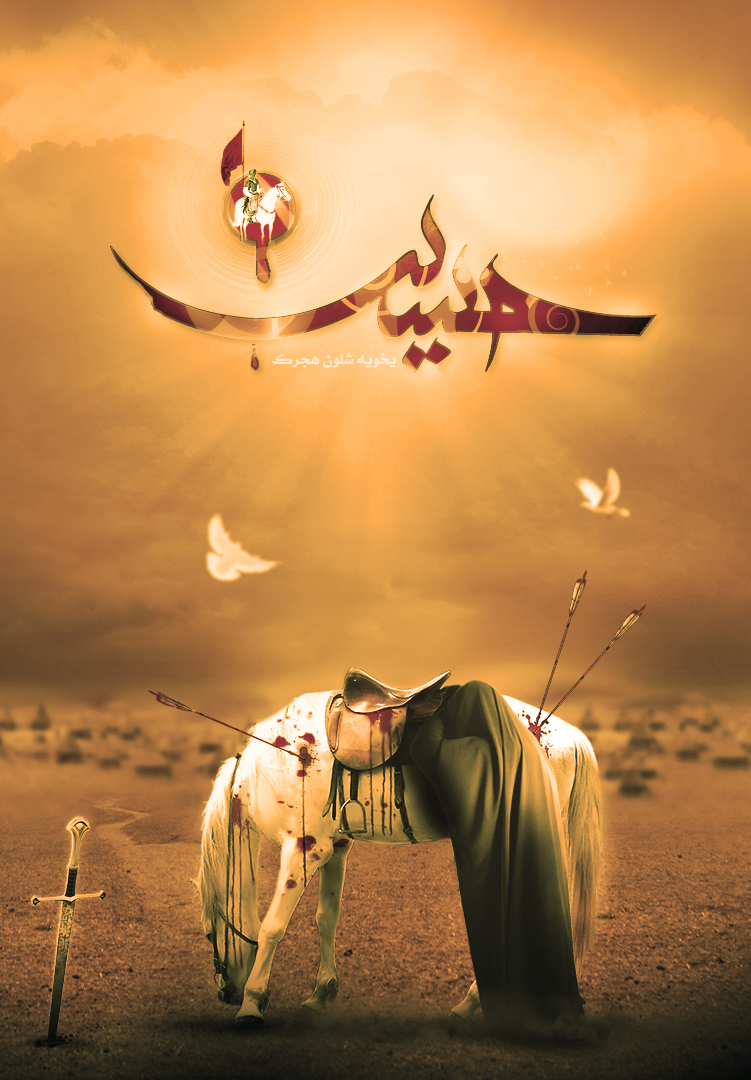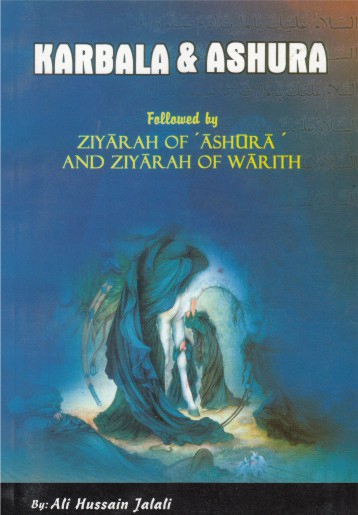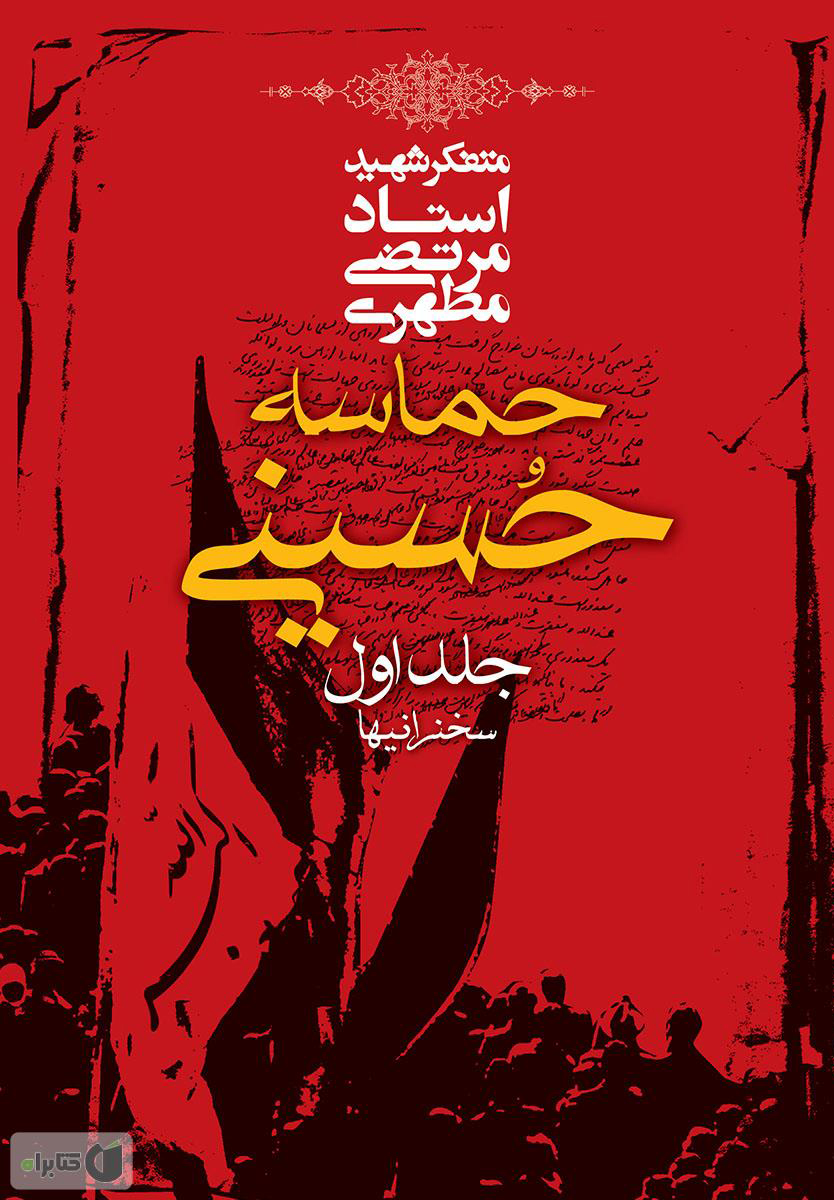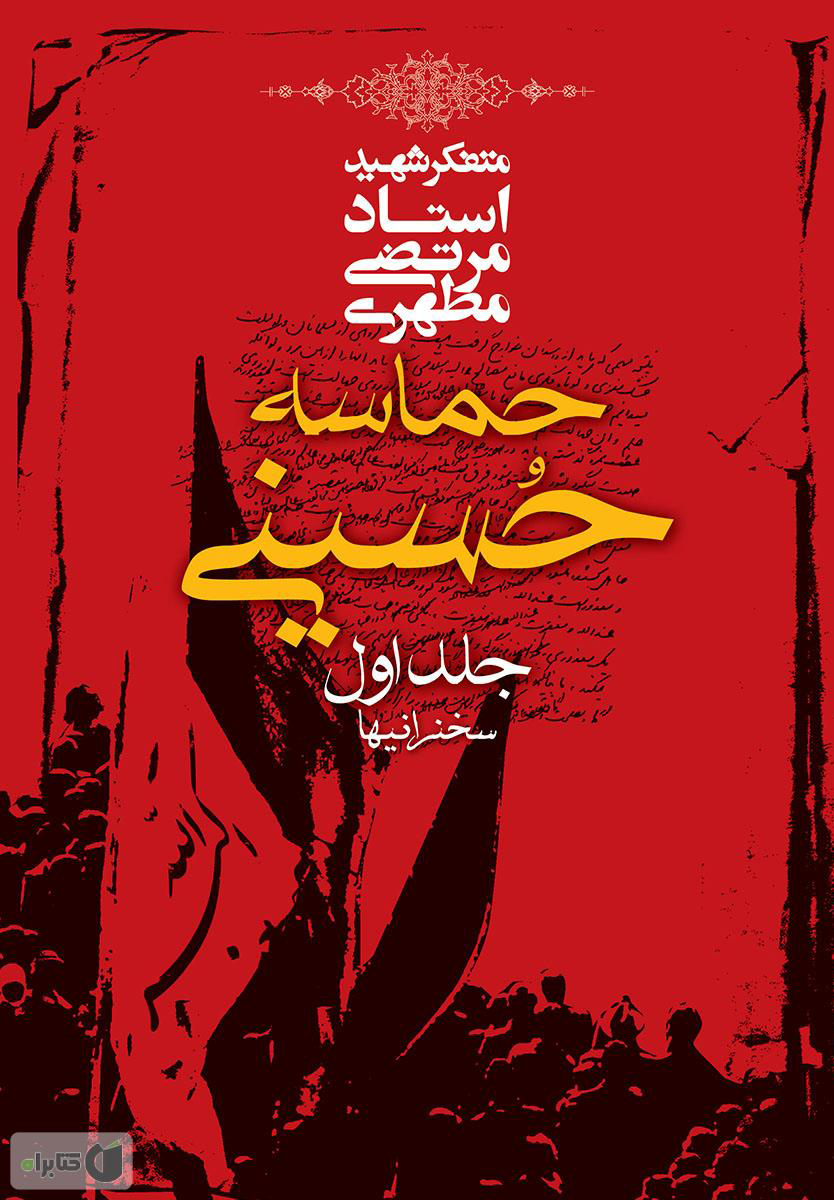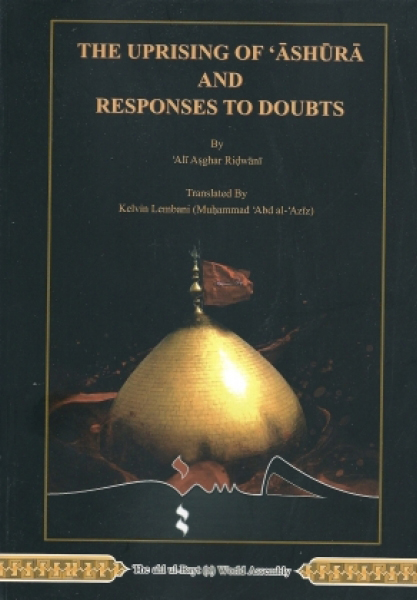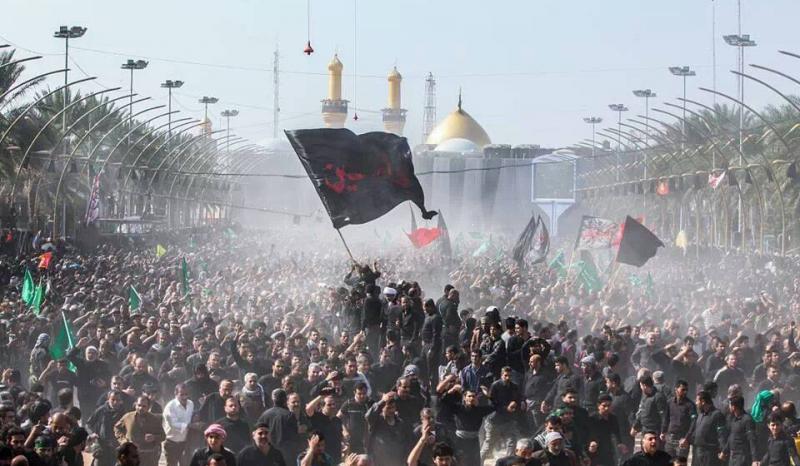
Annual pilgrimage
Arbaeen is consistently among the largest peaceful gatherings in history. Every year, huge crowds of pilgrims travel to the city of Karbala in pilgrimage to the Imam Hussain (as) holy shrine in Karbala on Arbaeen Day. The city of Karbala is the center of the proceedings which many pilgrims travel miles on foot to reach. The distance between Basra and Karbala is a long journey even by car, but it is traveled annually on foot by Iraqi pilgrims, which takes them two weeks, or approximately one month to come from other countries like Iran. The crowds become so massive that they cause a blockade for hundreds of miles. In 2008, approximately nine million religious observers converged on Karbala to commemorate Arbaeen.However, in 2009, the number of people visiting Karbala on Arbaeen significantly increased. Over ten million people had reached Karbala one or two days before Arbaeen. The number of pilgrims was expected to rise to 18 million during the next two days. In 2013, Arbaeen reached 20 million people from 40 countries. By 2014, over 19 million people from 40 countries of the world participated in this occasion, making it the second largest gathering in the world. The figure reached 22 million pilgrims by 2015, according to Iraqi state-run media. By 2016, according to al-Khoei Foundation, almost 22 million pilgrims gathered in Iraq, 10 percents more than 2014. Even though the Hindu Kumbh Mela is larger in population, it is only held every twelve years, and hence the Arbaeen pilgrimage is the largest gathering held annually. Some Sunnis, Christians, Yazidis and people of other faiths also participate the festival.
Features
Shia cities, towns and villages all over Iraq empty out during the 20-day period of the pilgrimage "as their people take to the roads in an elaborately organised and well protected mass movement not seen anywhere else in the world."
The pilgrimage is marked by long walks from Najaf or Basra to Karbala. People from different walks of life, ethnicity and sect participate in the march. Imam Hussain (as) for whom the pilgrimage is made is believed to transcend all cultural boundaries and be a symbol of universal freedom and compassion. The mood of the pilgrimage has also been described as "one of intense piety and communal solidarity." Along the 80km stretch from Najaf to Karbala volunteers distribute free food and drinks to those undertaking the pilgrimage, as well as offering places to relax, wash and sleep.
Free services
During the pilgrimage copious supplies of food, small clinics and even dentists are available for pilgrims and they all work for free. The care of pilgrims is regarded as a religious duty. The pilgrims carry flags of different color but the black flag of mourning for Imam Hussein is by far the most common. They also decorate permanent brick buildings and temporary tents which are used for praying, eating and sleeping along the three main routes leading to Kerbala. Along the roads to Karbala, many Mawakibs are devised with the aim of providing accommodation, food and beverage and medical services, and practically anything else the pilgrims need for free. Seven thousand of such mawakeb were set up in city of Karbala in 2014. Besides Iraqi Mawakibs, which are unofficially organized, there are some Iranian ones which are less "specifically targeted" but pilgrims are from various regions.
SOURCES:
1. Wikipedia (https://en.wikipedia.org/wiki/Arba%27een_Pilgrimage) (https://en.wikipedia.org/wiki/Arba%27een)
2. Parhlo.com (https://www.parhlo.com/5-interesting-facts-about-arabeen/)
-
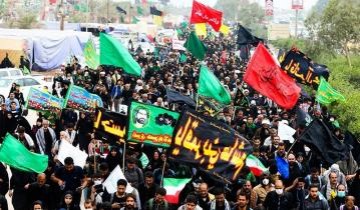 Arbaeen 2017: Pilgrims Flocking to Karbala for Arbaeen (PHOTOS)
Arbaeen 2017: Pilgrims Flocking to Karbala for Arbaeen (PHOTOS)
-
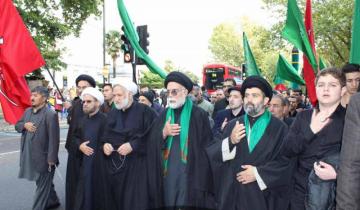 Ashura 2016: The annual Ashura day procession in London (PHOTOS)
Ashura 2016: The annual Ashura day procession in London (PHOTOS)
-
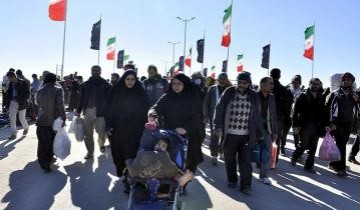 Arbaeen 2016: World Shiite Muslims Commemorate Arbaeen (PHOTOS)
Arbaeen 2016: World Shiite Muslims Commemorate Arbaeen (PHOTOS)
-
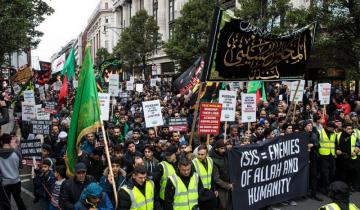 Ashura 2017: Thousands of Muslims march on Ashura day in London (PHOTOS)
Ashura 2017: Thousands of Muslims march on Ashura day in London (PHOTOS)
-
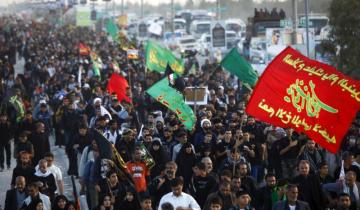 Arbaeen 2015: Millions of pilgrims throng Iraq's Karbala (PHOTOS)
Arbaeen 2015: Millions of pilgrims throng Iraq's Karbala (PHOTOS)
 Library
Library 






